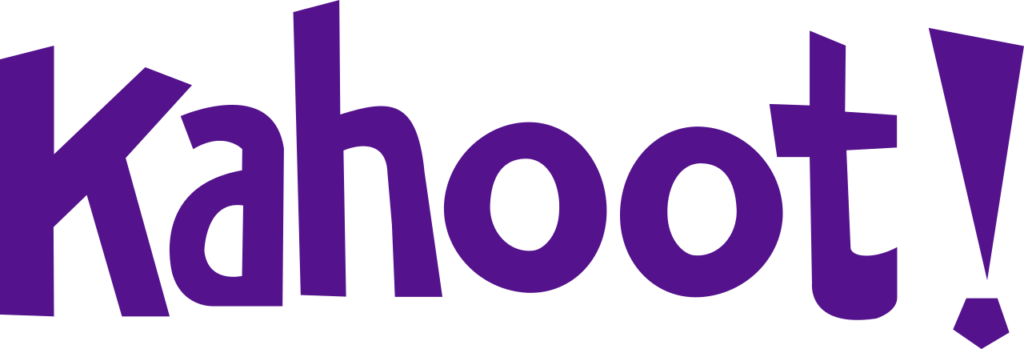How many of you really enjoyed the last lecture you attended, or you literally dozed off and lost track of time? I guess most of the answers won’t be in assertive. Well, that is true. Every one of us gets tired of listening to a monotonous speech for several hours, which also make us lose our interest to learn something new. At times to really grow our curiosity and to really nurture the young minds, we should find innovative ways to learn. We should also discover more ways to teach that crosses the boundaries of the four walls of our classroom.
The learning platform Kahoot has already made it possible. Kahoot is a game-based learning app, which allows you to learn new things through many intellectual games. You can create your own games, and especially, if you are a teacher you can make your students learn by playing over this platform. It makes students put their minds together, which also help improve their communication skills and will help them get better overall. Now, before we learn more about how this app works let us delve deeper into its history.

The history behind the success of Kahoot!
The five great minds that were mainly behind the development of this application are Johan Brand, Jamie Brooker, Morten Versvik, Prof. Alf Inge Wang and Âsmund Furuseth, a Norwegian entrepreneur. The entire idea of transforming the tiresome methods of teaching to eye-catchy fun games came from Prof. Alf Inge Wang, who was from the Department of Computer Science at the Norwegian Institute of Science and Technology.
At first, multiple tests were carried out on the prototypes of the app, and the first one tested successfully was named Lecture Quiz 1.0, which was developed in 2006. The first experiment was carried out with 20 students in a classroom, where they concluded that Lecture Quiz is easy to use and entertaining. This way, the regularity of the students in the class was started to increase. Since then, four new versions of Lecture Quiz were developed, and as new updates were implemented to each one of them.
The prototype of Lecture Quiz 2.0 was much user-friendly, which implied in an increased number of students using it. On the other hand, the latest version of Kahoot, i.e. Lecture Quiz 3.0, has got a much better user-interface, helping the students in better understanding as well as help in increasing the motivation and enthusiasm to learn. This prototype was tested both inside and outside the Norwegian University of Science and Technology and received appreciation for its features.
The app was first launched in private beta in March 2013, which later was publicly released the same year in the month of September. Since then, a lot of experiments have been carried out among different groups of students, to see how it affects the majority. One of the experiments revealed that the students put more effort and concentration when it comes to learning through games than giving just a dull pen-paper test. Though a few students reported that this application is very time consuming, but overall, Kahoot became a grand success. Many such experiments were carried out to check whether the students lose motivation after a particular point or not, whether it is having a negative impact on their concentration but every outcome of these experiments was clearly in favour of Kahoot, and hence, today it has reached the apex.
The entire idea of launching this app proved advantageous to both students and teachers because it became less laborious for the teachers. This time, the students would actually put their brain together to win the learning games on Kahoot, which ultimately, meant learning new topics. The audio effects, later added to the platform, made the app even more attractive and alluring.
Where Kahoot! stands today
Johan Brand, the co-founder and the CEO of Kahoot, played a major role in converting this project to massive success. Kahoot started growing very rapidly, especially, among the young students and teachers. It, especially, captured the attention of U.S. K12 classrooms. By May 2017, the company showed statistics of 50 million active users, and currently, Kahoot! is worth $300million.
Thus, from checking the prototypes of this application among a handful of students to currently having more than 70 billion active users in 200+ countries, narrates the grand success story of Kahoot. With the help of this very platform, people are only a few clicks away from learning in a better way. Also, the idea of learning anytime, anywhere, has helped Kahoot grow at a faster pace.
In a nutshell, this application helps you learn a topic, play a Kahoot, practice and get through with it. You can also try helping out your peers, by creating your own Kahoot and sharing the link. Since the app is free, the number of users seems to increase exponentially. These small tactics on how to approach the users in a much better way have provoked the growth of Kahoot to many extents.

Annasha Dey is an NIT student, who apart from studying engineering is also a content writer. She has a great interest in photography, writing, reading novels, and travelling as well. She is a foodie who loves socializing and hanging out with her friends. She is also a trained Kathak dancer and a big fashion enthusiast. Dey also loves watching TV series, which includes F.R.I.E.N.D.S. and Big Bang Theory. To be a better writer she prefers to read more
